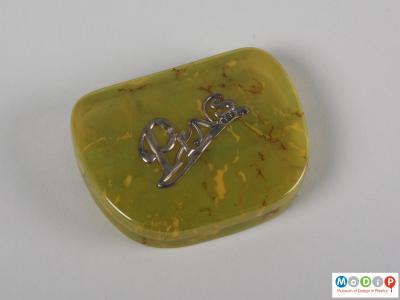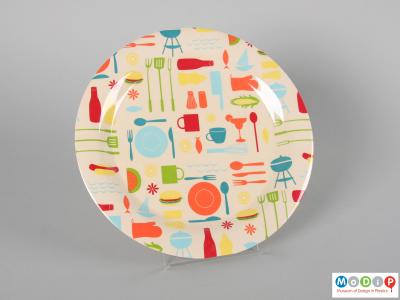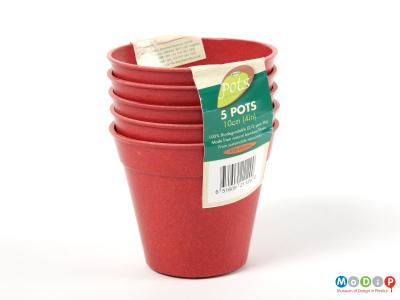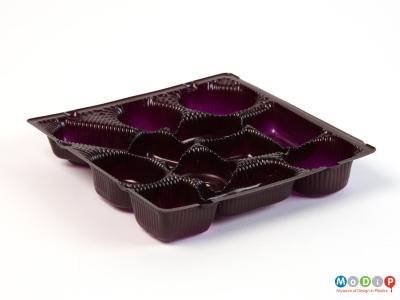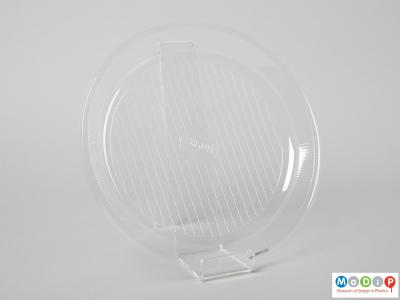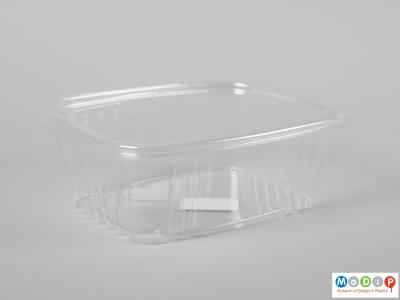Early plastics utilised plant based resources such as resins and cellulose. In recent years there has been a renewed impetus to supplement or substitute oil-based plastics with alternative, more sustainable plant-based materials.
Cellulose nitrate (1), first prepared in 1862, was the first common domestic plastic. It was widely used until the mid-20th century, commonly as a photographic film base, domestic products, and ping pong balls. Cellulose acetate (2) created in 1865, was adapted to form viscose silk in 1892 and cellophane from 1908, and as a hard material for commercial use in 1918. Its use declined in the 1970s but interest in this material is currently reviving. It is most commonly used in spectacle frames.
The abundance and rapid growth rate of bamboo makes it a valuable resource for use as a strengthening fibre in composite materials. Alternatively, grinding down reclaimed bamboo products, such as scaffolding and chopsticks, results in a powder which when combined with biodegradable resins and food grade dyes, results in products that will biodegrade and compost under commercial conditions (3 - 6).
Polylactic acid (PLA) (7 - 13) is a plastic material derived from renewable resources such as sugar cane, corn starch and tapioca root. PLA can be modified to withstand higher temperatures for use with hot food. It is compostable at industrial temperatures.
Ecodear™ (14) is a material which is produced by combining 30% PLA, derived from corn starch, with 70% acrylonitrile butadiene styrene (ABS). In this example it delivers an instrument that is as durable as a conventional wholly ABS recorder, but gives a sound nearer to that of a traditional wooden instrument.
Kareline® (15 & 16) is a material which combines pine fibre and polypropylene. It has a distinctive natural wood-like finish but unlike wood it is lightweight and is resistant to liquids and odours.

